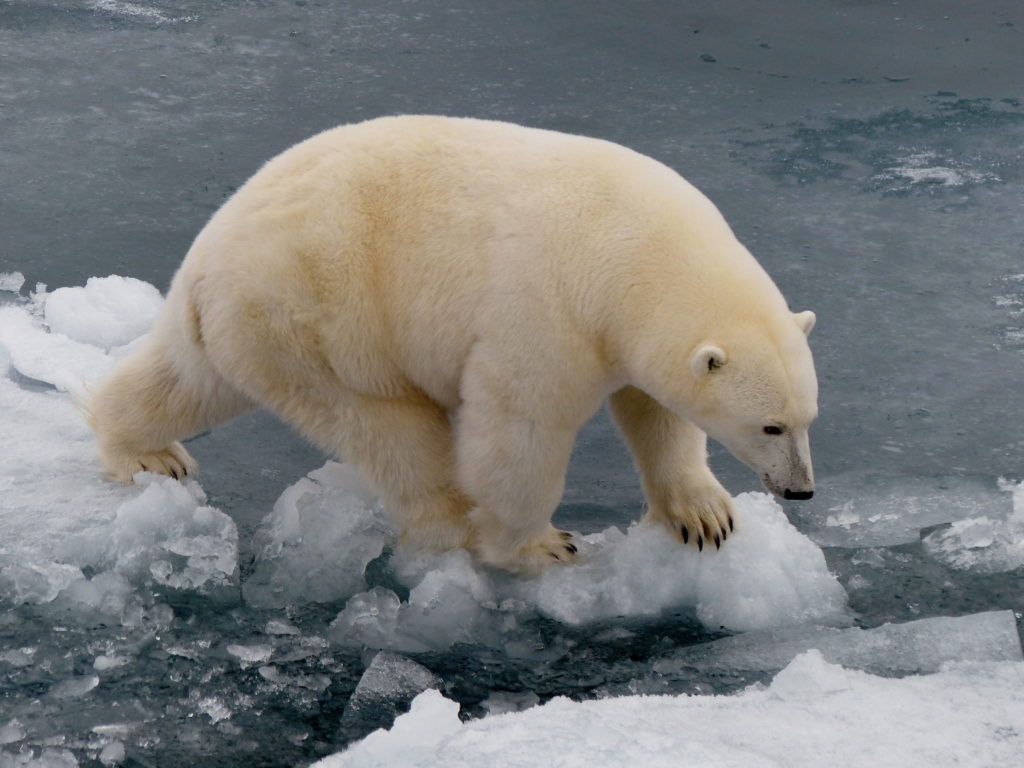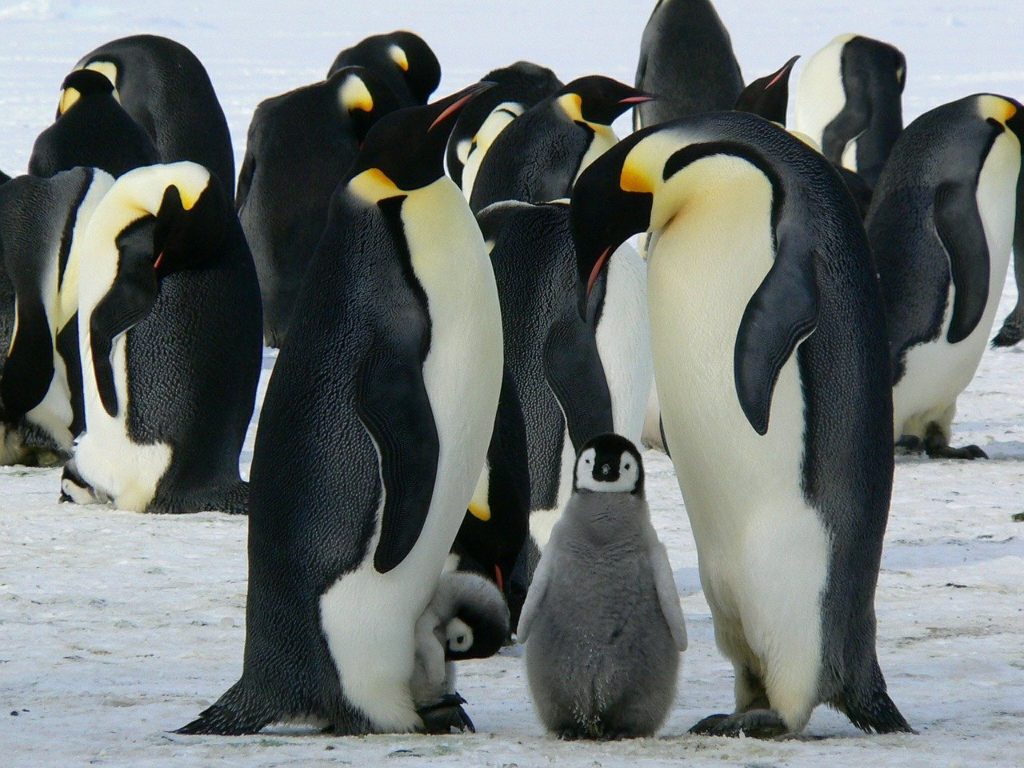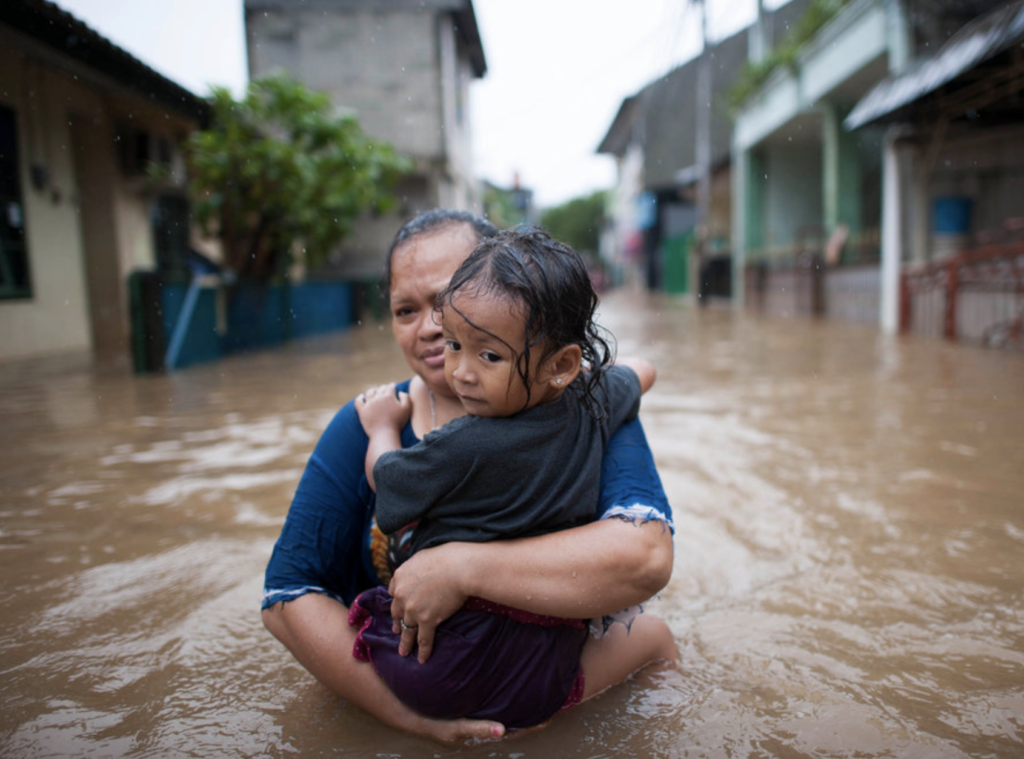Fahan School Grade 6H

Our Questions
This is a really great question. The answer is that animals do not often change their habitat, but they are very likely to change where they live.
A habitat is a place where an animal lives. A habitat has plenty of shelter and food for the animal, but it is also where the environment is really good for the animal, not too hot or not too cold. Different animals have different adaptations or characteristics that allow them to live in one area, and this is why we do not see the same animals everywhere. For example, camels can live in the dessert because they can tolerate high temperatures that other animals (including humans) cannot.
Climate change can affect the environment in one area, which can affect the amount of food and shelter available to animal in that area. If the environment changes too much, animals may not have enough to eat, so they will need to move or migrate to other habitats, where there is good food, shelter and a nice environment.
There is another way animals can survive climate change: evolution. You may have heard of evolution in class and about a scientist called Charles Darwin, who came up with this idea. If you have not yet, you can read this entry in the Encyclopedia Britannica. In short, evolution are changes in the genes of an animal that affect their body or behaviour. These changes help the animals to adapt to their new habitats, so they are more likely to survive and have babies, which means their genes continue to be passed along.
Climate change can directly affect animals: for example, if they are used to particular temperatures and things get warmer, if they can’t move (like corals) then things can get very uncomfortable, and you have probably heard about bleaching events on the Great Barrier Reef.
If they can move, they might be able to move into other areas – shift their natural range – like sea urchins coming down from coastal Australian waters along the east coast of Tasmania. Another example is temperate species moving into polar regions, and this is being seen in North Atlantic fishes (like mackerel) expanding into the Arctic. But the ranges of polar species like Arctic cod are getting smaller which is important for all those marine mammals that like to eat this fatty fish.
Climate change can make really big changes to key habitats: the place where animals live. This is most obvious in icy places – the Arctic and Antarctic. One animal everyone thinks is very special is the polar bear. Changes in the timing, duration and thickness of Arctic sea ice and snow are linked to changes in where they are living, where they make their dens for pupping, where they forage and what they’re eating, as well as how far they have to swim (instead of travelling over ice). Some populations are declining but others are doing okay.

In the Antarctic, the famous Emperor penguins breed and raise their chicks on the fast ice, which is stable sea ice that is attached to land. If sea ice breaks up too early, they lose their chicks, so they are really vulnerable to sea ice loss with climate change without major cuts in carbon pollution. Their situation is spearheading an urgent call for stronger climate action and protections for these penguins. If nations meet the Paris Climate Agreement’s 1.5 degrees Celsius target, the penguins’ population should stabilize by 2100.

Different patterns are being seen in different penguin species – for example on the Antarctic Peninsula the gentoo penguins has increased its population size and expanded the area it occupies over the last 20 years.
Climate change can also alter weather patterns – for example, making intense storms more frequent – more rainfall which can affect say shy albatross trying to raise their chicks on their breeding islands in Bass Straight north of Tasmania. These birds build nests out of mud and plant material, and bad conditions affect if chicks survive. Scientist are trying to help with supplying special concrete and mudbrick nests.
So, we can see from these examples that some animals might be colonising new areas while other species are losing out. The more we can limit climate change impacts the more we can help those species that have evolved really special life cycles to thrive in their natural environments.
There have been quite a few questions asking which countries and which places in the world are most affected by climate change, and about which countries are getting hotter, quicker.
As you know, the effects of climate change are different everywhere. Overall, we are seeing the planet heating, but this has different impacts in different places.
Did you know that climate change is also affecting where rain falls? How windy it is? When and where cyclones occur? There is nowhere on Earth that climate change isn’t having an impact, but the ways that climate change affects different countries depends on lots of different factors, including their geographical location, their exposure to different types of change, the sensitivity of the environment to change, and the capacity of their human population to adapt.
Understanding which is the most affected country depends on the risk criteria you are looking at.
If you wanted to know where the highest number of people are affected by climate change right now, you might think of countries affected by more intense extreme weather events, like Pakistan, Haiti, and the Philippines.
Also greatly impacted are countries with large cities in south-east Asia like Indonesia, and Bangladesh, which are losing coastal land with sea level rise, or countries in Africa affected by drought, like Kenya. If you wanted to know which countries are being faced with becoming unliveable or being lost altogether, you might think of countries in the Middle East reaching 50°C more often, or low-lying islands like Tuvalu, the Torres Strait Islands, and the Maldives.

In Bangladesh, salt water flooding over land has made farming impossible in many areas and finding fresh drinking water challenging.
In other parts of the world, the effects of climate change will be most felt by millions of people in terms of access to water. Many countries rely on water from glacier and snow melt both for drinking water and for agriculture. Countries like the Andean nations especially Peru, Chile, Bolivia, and countries in Southeast Asia that rely on glacier meltwater from the Himalayas could be strongly affected, as glacier ice is now melting faster than ever and less snow is tending to fall in some places – meaning there will be less water available in the long term.
Of course, parts of the planet that are already hot will become much more difficult to live in as it becomes hotter. Tropical areas around the Equator are most at risk here. Tropical areas could be pushed towards the limits of what humans can survive if temperatures rise more than 1.5°C above preindustrial levels. Humans can tolerate dry heat better than they can humid heat. Humans are unable to tolerate what is called a “wet bulb temperature” (that’s a measure of heat and humidity together) of over 35°C for very long. In these conditions, the human body is not able to cool itself down by sweating and such conditions can be fatal. Such conditions may have dire consequences for many animals as well. With temperatures increasing everywhere, this could have very serious consequences as about 40% of the world’s population currently lives in tropical areas. This effect of climate change alone could cause a huge refugee crisis with potentially millions of people displaced by climate change by 2050.
Just in terms of temperature rise, perhaps surprisingly, some of the coldest areas have warmed the most due to climate change. Though the global average temperature rise is currently at 1.1°C above preindustrial levels (and Australia’s average temperate is currently 1.44°C higher than when records began) the Arctic is heating up much more dramatically. Between 1971 and 2019, the Arctic’s average annual temperature rose by 3.1°C, meaning it’s heating almost three times faster than the rest of the planet – with drastic consequences on Arctic ecosystems and Indigenous peoples who call the Arctic home. The following video can help us to visualise which parts of the world have heated up most over the past 140 years, and therefore helps us understand which areas are currently most affected by climate change
While some countries might be worse off than others, and some countries might have more capacity to do something to limit the impacts, climate change is affecting ALL OF US and we all have a responsibility to make a positive difference.













